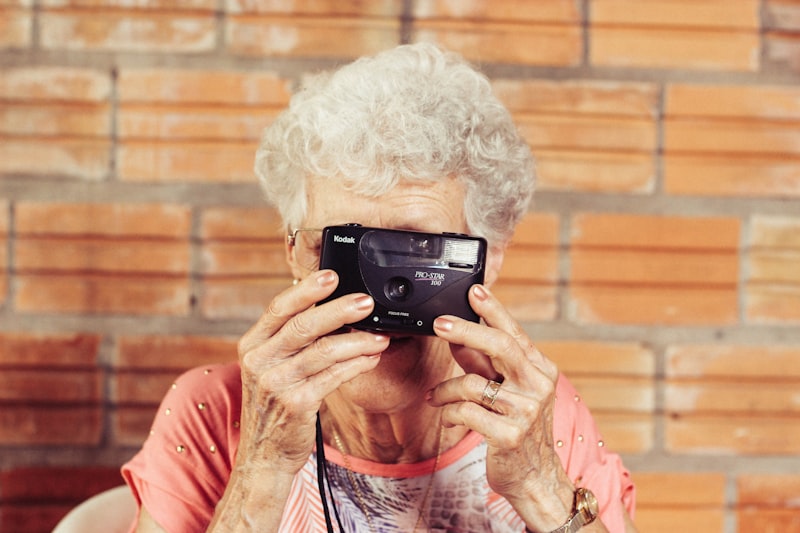Determining the target market for a B2B app is crucial for its success. A well-defined target market allows the app to be tailored to its user's specific needs and preferences, increasing its chances of being adopted and generating revenue. Here are some steps and examples to best determine the target market for your B2B app.
Identify the problem your app solves
The first step in determining the target market for your B2B app is clearly identifying the problem it solves. This will help you understand the specific pain points and challenges that your app addresses and which industries and businesses are likely to benefit from it.
For example, let's say you have developed an app that automates and streamlines the invoicing process for small businesses. In this case, the problem your app solves is the tedious and time-consuming task of manually creating and sending invoices, which can be a major hassle for small business owners. Therefore, your target market would be small businesses in various industries, such as retail, service providers, or freelancers.
Research your competitors
Another critical step in determining the target market for your B2B app is to research your competitors and their target market. This will give you an idea of the industries and businesses already using similar solutions and which ones may be interested in your app.
For example, let's say you have developed an app that enables businesses to manage their inventory and supply chain more efficiently. In this case, you can research competitors such as SAP or Oracle, which offer similar solutions to large enterprises in various industries, such as manufacturing, retail, or logistics. This will give you an idea of which industries may be interested in your app and how you can differentiate yourself from the competition.
Conduct surveys and focus groups
Conducting surveys and focus groups can be a valuable method for determining the target market for your B2B app. Surveys can provide valuable insights into the needs and preferences of potential users, while focus groups can help you understand how your app can address their pain points and challenges.
For example, let's say you have developed an app that helps businesses track and manage their employees' time and attendance. In this case, you can conduct surveys and focus groups with small and medium-sized businesses in various industries, such as hospitality, healthcare, or retail. Through these surveys and focus groups, you can learn about the specific challenges and pain points these businesses face in managing their employees' time and attendance and how your app can help them.
Analyze industry trends and market data
Analyzing industry trends and market data can also be a valuable method for determining the target market for your B2B app. Industry trends can provide valuable insights into the challenges and opportunities that businesses in a particular industry face. At the same time, market data can help you understand the size and growth potential of the target market.
For example, let's say you have developed an app that helps businesses manage and optimize their digital marketing efforts. In this case, you can analyze industry trends and market data for the digital marketing industry, such as the increasing importance of social media and mobile advertising and the market's growth potential. This will help you understand which industries and businesses are likely to be interested in your app and how you can tailor it to their needs and preferences.
Test and validate your assumptions
Once you have identified the potential target market for your B2B app, it is essential to test and validate your assumptions. This can help you confirm that your app is relevant and valuable to the specific industries and businesses that you have identified as potential users and that it addresses their pain points and challenges effectively.
For example, let's say you have identified small and medium-sized businesses in the retail industry as your potential target market. In this case, you can test and validate your assumptions by conducting pilot tests with a small group of retail businesses and gathering feedback on their experience with your app. This will help you understand whether your app meets their needs and preferences, is easy to use, and provides value to their business.
Determining the target market for your B2B app is a crucial step in its success. By following these steps and examples, you can effectively identify and target the specific industries and businesses that are likely to benefit from your app and tailor your app to their needs. This will increase its chances of being adopted and generating revenue.






